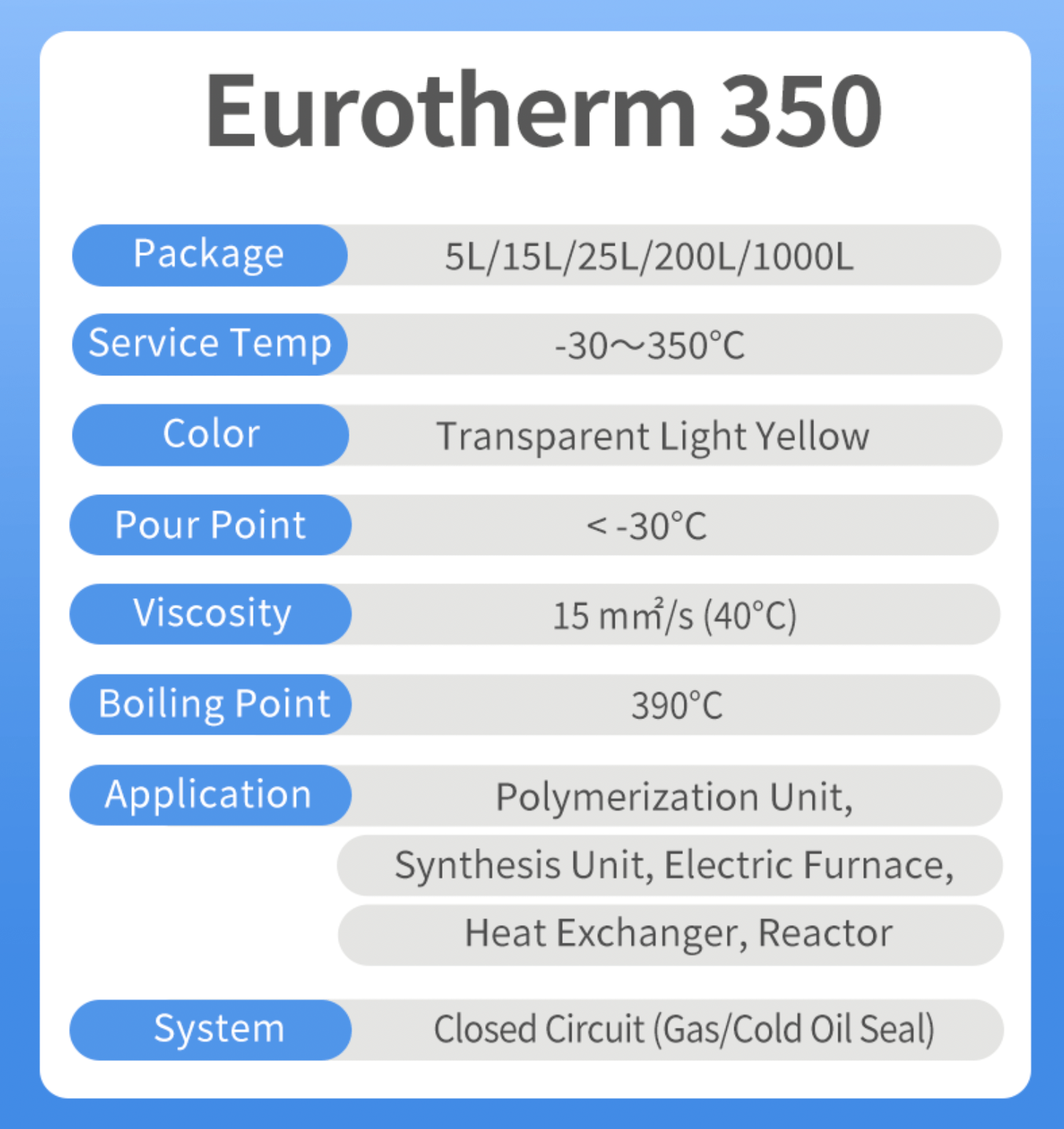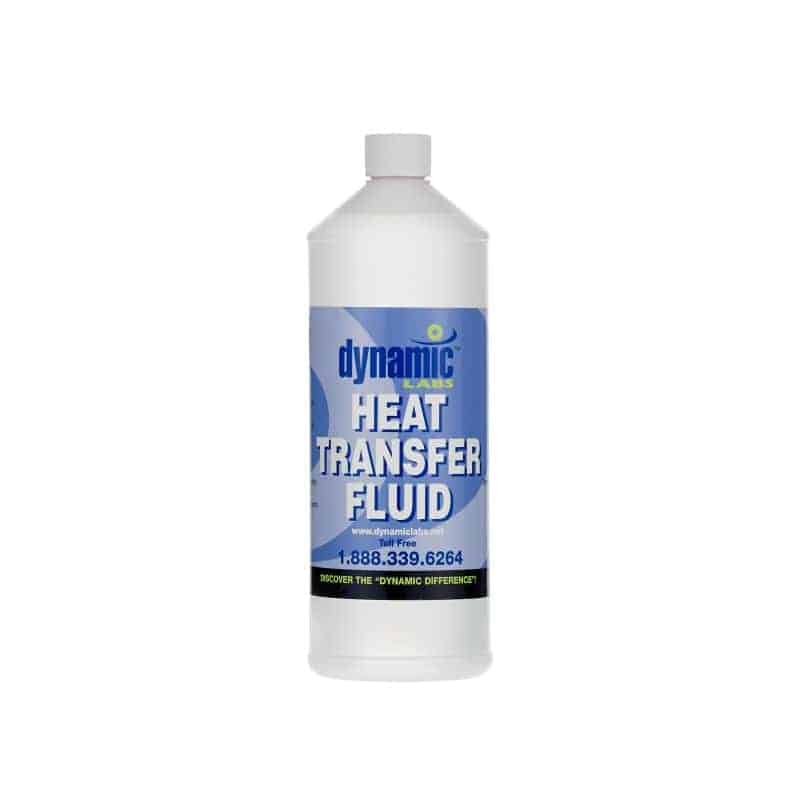Thermal Oil vs. Other Heat Transfer Fluids: Which Is Best for Your System?
Thermal Oil vs. Other Heat Transfer Fluids: Which Is Best for Your System?
Blog Article
Why Picking the Right Heat Transfer Fluid Is Vital for Optimal System Effectiveness
Selecting an ideal warm transfer fluid is a critical choice that can dramatically impact system efficiency and functional expenses. The appropriate liquid not just improves thermal efficiency yet likewise makes sure durability and integrity of tools, lowering the threat of costly downtimes. Trick residential properties such as thermal conductivity, viscosity, and thermal security needs to be very carefully evaluated to maximize energy intake and stay clear of possible failings. As the effects of this choice expand far beyond prompt performance, recognizing the subtleties of liquid choice ends up being necessary for any individual aiming to achieve ideal system performance. What factors should be prioritized in this important decision-making process?
Importance of Heat Transfer Fluids
What duty do warm transfer fluids play in industrial procedures? Warm transfer liquids are important for the reliable transfer of thermal power within various commercial systems.
The choice of warm transfer liquid can substantially affect power devices, security, and performance long life. Liquids need to be qualified of holding up against heats and pressures without breaking down, in addition to display minimal volatility and low toxicity. Their performance directly affects not only the performance of the system but also its functional expenses.
Moreover, heat transfer fluids play an important duty in preserving process control, making sure that temperature variations are reduced. This is particularly important in delicate applications such as petrochemicals and drugs, where precise temperature level monitoring is crucial. Overall, the value of picking the right warmth transfer liquid can not be overstated, as it is indispensable to maximizing industrial processes and boosting total system performance.
Trick Feature to Take Into Consideration
When selecting a warmth transfer liquid, which essential buildings should be prioritized to make sure optimal efficiency? Thermal conductivity is crucial; a fluid with high thermal conductivity will effectively move heat, minimizing energy loss. Furthermore, the details warmth ability of the fluid is vital, as it figures out how much energy the fluid can store and launch, impacting overall system responsiveness.
Thickness is another considerable property to take into consideration, as it influences the fluid's flow attributes; reduced thickness liquids are usually chosen for less complicated flow and reduced pumping power. The fluid's temperature range is similarly important; it must perform efficiently within the operational temperature levels of the system without weakening or evaporating.
Chemical stability is necessary to avoid degradation gradually, which can result in system inefficiencies and possible failings - dielectric cooling fluid. Compatibility with system materials should not be neglected to avoid corrosion or damages to elements. Finally, think about the environmental influence and safety account of the liquid, as regulations and sustainability objectives increasingly influence fluid selection. By focusing on these vital buildings, one can choose a heat transfer liquid that boosts system durability and integrity.

Effect On System Effectiveness
The choice of warm transfer liquid directly affects system performance, affecting both energy intake and functional performance. A liquid's thermal conductivity, viscosity, and warm capacity play pivotal roles in how successfully it moves warm within a system. Optimal fluid residential properties make certain that heat is taken in and distributed successfully, decreasing power losses and improving the overall performance of the system.

Moreover, the compatibility of the liquid with system materials can significantly impact efficiency. A liquid that triggers corrosion or destruction can lead to leaks and system failings, even more reducing performance. In summary, the appropriate warm transfer fluid not just makes best use of energy performance and decreases prices however also boosts the integrity and long life of the system, making it a vital factor to consider for engineers and decision-makers in thermal monitoring applications.
Usual Kinds of Heat Transfer Fluids
A range of warm transfer fluids are typically utilized in thermal management systems, each with unique homes fit to specific applications. Water is one of the most extensively made use of warmth transfer liquids due to its high specific warmth ability, affordable, and accessibility. Its cold factor restricts its use in low-temperature applications.
Thermal oils, often originated from oil, are an additional prominent choice, especially in high-temperature systems. These fluids can run at elevated temperature levels without vaporizing, making them excellent for commercial applications. They may have constraints concerning thermal stability.
Refrigerants, used largely in cooling systems, have distinct thermodynamic buildings that enable efficient warmth transfer at low temperatures. Their selection is crucial to make certain efficiency and conformity with ecological policies.

Furthermore, stage adjustment materials (PCMs) are getting grip for their ability to take in and launch considerable quantities of warm throughout phase changes, supplying a special service for my response thermal energy storage space. Each liquid's details qualities have to be assessed for optimum efficiency.
Ideal Practices for Option
Selecting the proper heat transfer fluid involves mindful consideration of a number of key aspects that straighten with the particular demands try this web-site of the application. Second, take into consideration the fluid's thermal conductivity, which impacts warmth transfer prices; higher thermal conductivity typically leads to improved efficiency.
Additionally, examine the liquid's thickness, as it affects pumping power and total system efficiency. Reduced viscosity liquids commonly reduce energy consumption during flow. Compatibility with system materials is another vital aspect; make certain that the fluid does not create rust or destruction of pipelines and parts.
Next, take right into account the fluid's security and longevity, particularly in high-temperature applications. A secure liquid decreases maintenance and replacement costs. Ecological and safety policies must guide your selection procedure, stressing environmentally friendly and safe options when possible.
Final Thought
In final thought, picking the ideal warm transfer fluid is crucial for attaining optimum system efficiency. The best fluid enhances thermal conductivity, reduces power losses, and promotes devices longevity, inevitably leading to better system integrity and efficiency.
Warm transfer fluids are essential for the efficient transfer of thermal power within various industrial systems. Additionally, the specific warm ability of the liquid is essential, as it determines exactly how much energy the liquid can launch and store, influencing total system responsiveness.
Consider the ecological influence More about the author and security profile of the fluid, as guidelines and sustainability objectives significantly influence fluid selection - propylene glycol. A fluid's thermal conductivity, viscosity, and heat capacity play critical functions in just how properly it transfers heat within a system. Water is one of the most extensively made use of heat transfer fluids due to its high particular warm capacity, reduced cost, and availability
Report this page